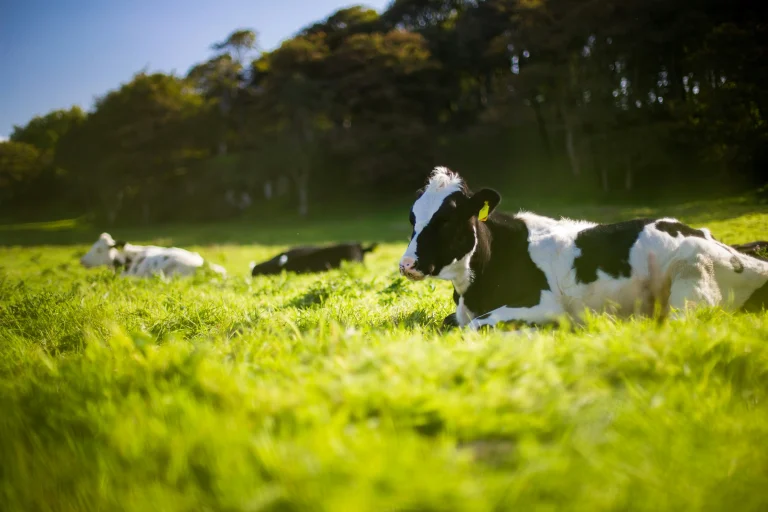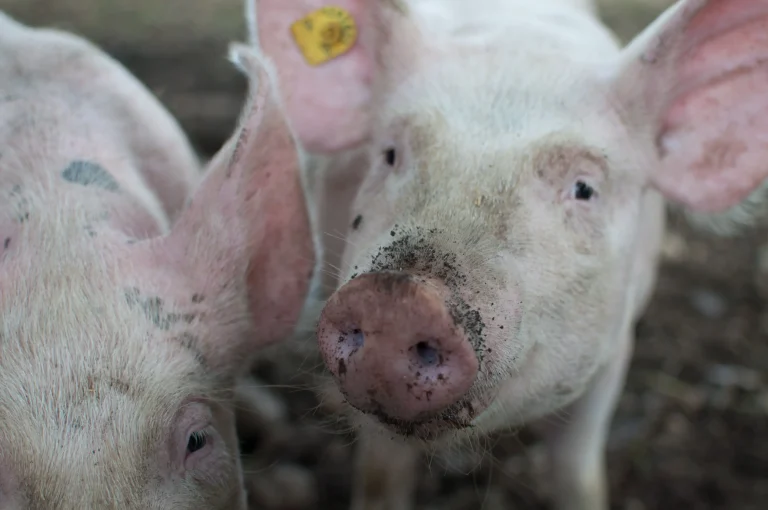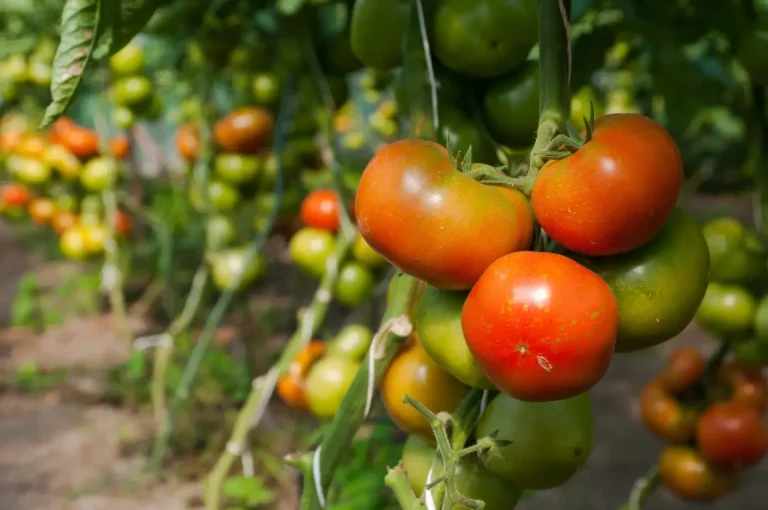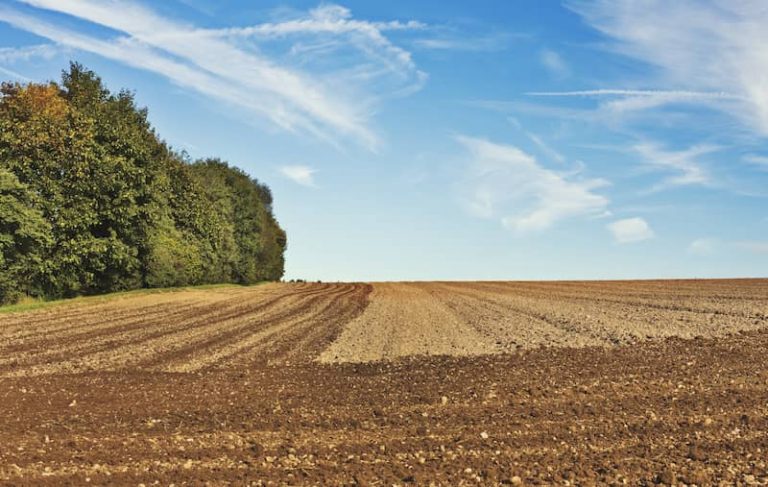Measuring and analysing plant characteristics in the field is essential in developing more productive food crops — and researchers at Monash University in Australia may have come up with a way of reducing the intensity of labour needed to do the work.
The team’s ‘Phenobot’ is designed to carry out analysis while autonomously navigating agricultural terrain. It combines a range of technologies, including laser remote sensing, high-resolution cameras and machine learning algorithms to help it to understand its environment, move effectively in the terrain and then record data from plants. Such data could inform advanced crop breeding techniques as part of precision agriculture.
The next generation of agricultural robots
Despite robots beginning to make it onto orchards and other agricultural settings in selected harvesting and monitoring roles, there is considerable scope for greater advancements in agricultural robotics, and a robot that can precisely recognise its environment and carry out detailed analysis of crops would be “uncharted territory,” the researchers wrote in the journal Advanced Intelligent Systems.
They highlighted the robot’s potential in both orchard and greenhouse settings. It was able to successfully navigate around plants and reconstruct high-quality plant models from the data it collected.
“The developed robotic system shows high efficiency and robustness, demonstrating its potential to advance plant science in real-world agricultural environments.,” the scientists wrote.
Advancing algorithms and cutting costs in ag robotics
Despite the promise, the research also highlighted some room for improvement before such a design could move closer to playing a role in a connected and increasingly automated agriculture 4.0.
The 3D plant models created by the robot were only as good as its input data, with light conditions and objects blocking viewpoints a problem. They also found that data collected with handheld devices was processed faster than that collected by the robot. Crucially, the team also conceded that as things stand, the cost of the onboard technologies used, as well as 5G networking, may not be feasible for small and medium-sized farms.
With those present drawbacks in mind, the team are now seeking to improve the robot’s data handling and processing, while their machine learning approaches will need to be honed to better handled variations in visibility in the field. They are also exploring more cost-effective components and ways to scale up manufacturing, that would enable their robot to be a viable proposition for a larger cross-section of growers.
Key Takeaways
- Monash University’s ‘Phenobot’ robot autonomously navigates agricultural terrain to analyze plant traits.
- Combines laser remote sensing, high-resolution cameras, and machine learning algorithms for data collection.
- Enhances precision in crop breeding by providing detailed plant models for analysis.
- Challenges include data processing speed and cost of onboard technologies for small to medium-sized farms.
- Ongoing research aims to improve data handling, processing, and scalability for broader adoption.
Want to read more stories like this? Sign up to our newsletter for bi-weekly updates on sustainable farming and agtech innovation.











